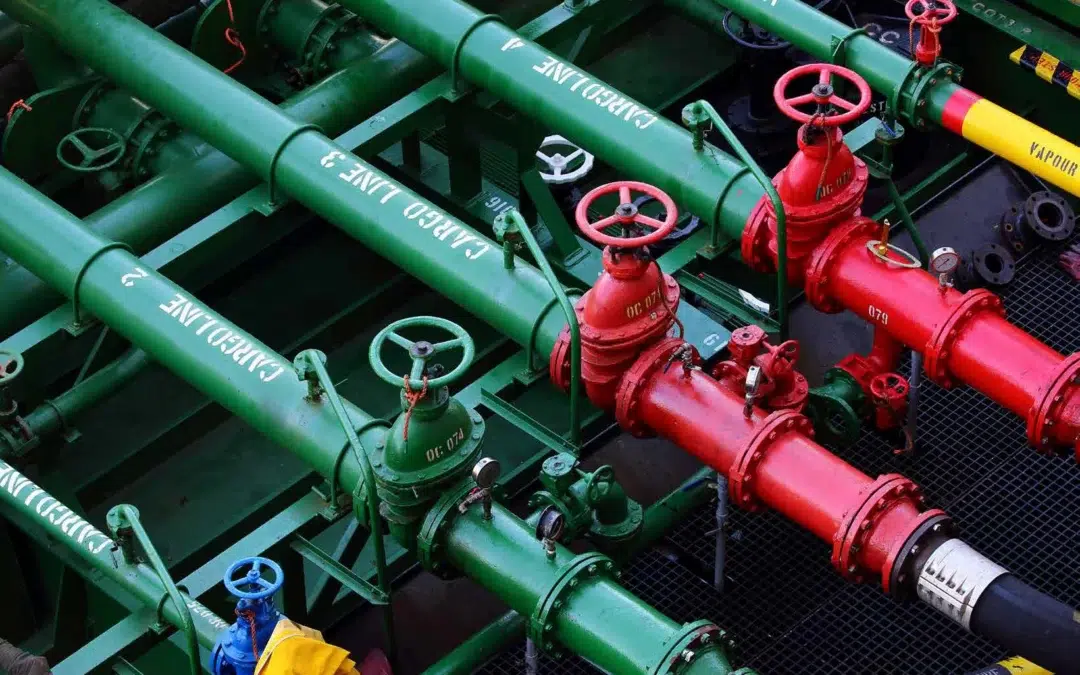Vessel engine damage: Prevention or cure
Steve Bee, VPS Group Marketing & Strategic Projects Director, explains how fuel system check monitoring will reduce engine damage risks, save time and money.
Statistically, data indicates that a vessel will suffer between one and two incidences of main engine damage over the course of its operational lifetime. The average damage costs have been estimated at around $650,000 per incident, with even more damaging incidents costing up to $1.2 million per claim. Therefore, it is important to identify the main causes of this damage and understand how it can be prevented.
Prevention of damage is, of course, preferable to cure. Fuel quality and handling issues remains a leading contributors to critical main engine failures. VPS frequently observes that such issues could have been prevented through the implementation of a robust and well-structured fuel management programme onboard vessels.
A common misconception is that a fuel meeting the international marine fuel quality standard, ISO 8217, means it is ‘fit for purpose’. But this is definitely not the case as even fuels that are ‘on specification’ at the point of delivery to the vessel can cause major engine damage if not properly managed post-delivery. ISO 8217 specifies the requirements for petroleum fuels for use in marine diesel engines and boilers, prior to appropriate treatment before use, which means that fuels should then be treated onboard between delivery and being burnt.
Catalysts used in petroleum refining are made of aluminium silicates, which over time break down. The resulting coarse, dense fragments composed of aluminium and silicon eventually reside in the residual portion of the refining stream. Known as ‘cat fines’, these particles are highly abrasive and can cause severe damage to vessel engine parts.
Recommendations for engine damage avoidance
Major marine engine manufacturers recommend that a fuel should contain less than 10-15 mg/kg aluminium plus silicon (Al+Si) at the engine inlet. However, assuming a delivered fuel meets the stringent ISO 8217:2024 limits of 40-60 mg/kg Al+Si, dependent upon the fuel grade, the fuel treatment plant would have to operate at an efficiency level capable of removing 75%-83% of these highly abrasive particles in order to meet the engine manufacturers’ requirements.
Furthermore, the International Council on Combustion Engines (CIMAC)’s recommendation regarding fuel quality states: “Fuel analysis is the only way to monitor the quality of fuel as delivered at the time and place of custody transfer, before and after the fuel cleaning onboard and at the engine inlet. Regular monitoring of the fuel cleaning plant will provide information, which will help to make decisions about the maintenance cycles of the equipment as well as potential engine problems resulting from malfunctioning or inadequate operation.”
Yet one of the most important but often overlooked processes is that of regular fuel system checks (FSCs) in order to assess the level of aluminium and silicon catalytic fines within fuel. The presence of ‘cat fines’ within fuel can be extremely damaging, causing rapid engine-part wear. Monitoring cat fine levels before they can enter vessel engines can prevent such damage. Therefore, sending samples for analysis which are taken before and after purification processes on a quarterly basis is the most effective way to monitor cat fine levels.
FSCs will also help comply with the engine manufacturers’ general recommendation of a maximum of 10-15 mg/kg level of cat fines in the fuel entering the engines, and assess purifier efficiency.
There are numerous reasons why regular fuel system checks are critical:
- Help identify potential risks and operational issues before major damage occurs
- Confirm that the system’s flow rate, temperatures, discharge cycles are properly adjusted to handle the specific fuel that is being treated
- Verify that the fuel treatment system is properly maintained
- Reduce operating cost and increase lifecycles of critical components
- Identify presence of unusual components that can enter fuel post- delivery.
Periodic sampling from the fuel treatment system will also identify problems such as water ingress from ballast systems, leaking heating coils and cargo contamination. The last thing anyone wants to see is a purifier working as a pump!
Read the rest of this article in the latset issue of DryDock magazine





